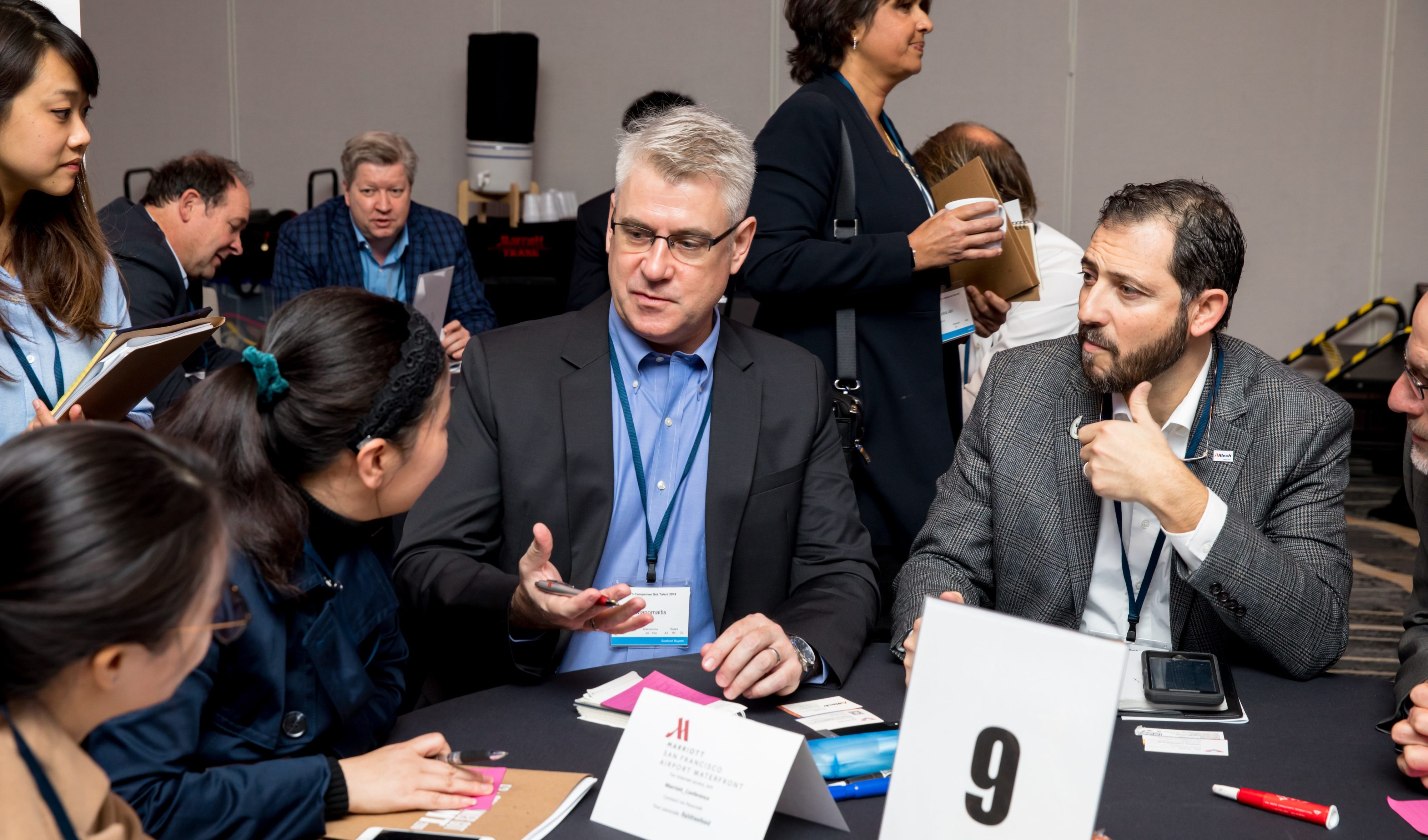Aquaculture Stakeholders Find Out More about Soy’s Long-Term Role as an Alternative Ingredient in Aquafeeds
- Category:
- Aquaculture
- General News

The Future of Fish Feed (F3) event, held February 19 to 22 in San Francisco, California, highlights new alternative aquaculture ingredients to leading industry representatives who represent governments, private industry, feedmillers, producers, and key feed stakeholders working to replace fishmeal, fish oil, and generally marine animal-based ingredients, in aquafeeds.
USSEC and the U.S. soy industry highlighted that it has already been doing this for many years and will continue to have a key role in the replacement of marine ingredients in aquafeeds.
The F3 event has both a “challenge” and a conference effort. In the first challenge, a prize of more than $200,000 was provided to the first feedmill that could produce and commercially sell 100,000 metric tons (MT) of fishmeal-free feeds. The runner up hailed from Southeast Asia: Htoo Thit Feedmill in Myanmar, which uses U.S. Soy and is a USSEC cooperator. The new challenge, which is still ongoing, is to remove all the fish/marine animal oil from the feeds.
USSEC Aquaculture Program Technical Contractor (APTC) Lukas Manomaitis spoke, presenting the key message that the U.S. soy industry (as the de facto soy ingredient representative) has already been replacing marine ingredients in an organized and rational way for more than 30 years.
USSEC, representing soy in general, highlighted that U.S. soy farmers have already had a long-term commitment and impact on aquafeeds and the use of alternative ingredients – namely soy products. It is largely due to soy that the aquafeed industry has been able to keep up with production, as soy has provided a strong basis for the replacement of marine animal ingredients. Moving forward, however, there will need to be a larger variety of ingredients and more complex formulations if the expected industry requirement in 2025 of almost 90 million metric tons (MMT) of aquafeeds can be met. Soy will provide a strong base, but other ingredients, particularly those containing omega-3 fatty acids – will be required.
USSEC’s message, delivered by Mr. Manomaitis: “Soy – there for you now.”




